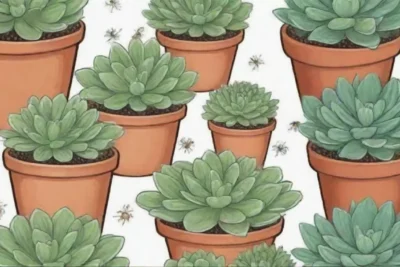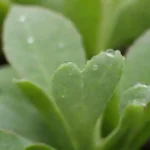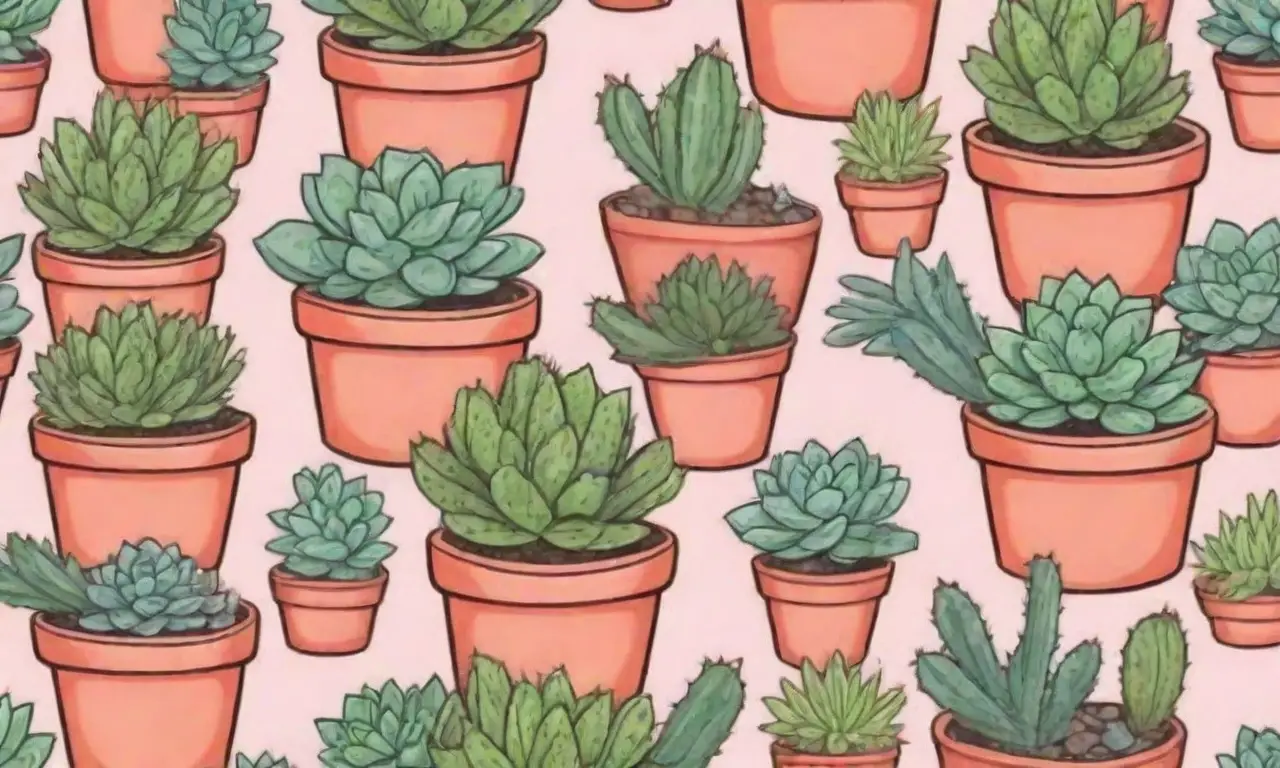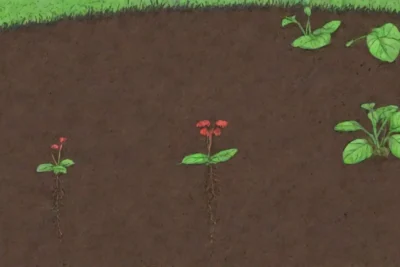
How To Safely Propagate Succulents While Managing Pest Risks

Introduction
Succulents are a popular choice among plant enthusiasts due to their unique appearance, diverse varieties, and drought-resistant capabilities. These hardy plants are often cherished not only for their aesthetic appeal but also for their relatively low maintenance needs. However, propagation is a crucial aspect of succulent care, and doing it correctly can significantly enhance your plant collection. Yet, it is equally important to understand the best practices for propagating succulents safely without exposing them to pests or diseases.
In this article, we will explore the various methods of propagating succulents, providing you with detailed steps and tips to ensure that your propagation efforts are successful. Additionally, we will highlight potential pest threats and how to manage these risks effectively, creating a healthy environment for your new plants to thrive.
Understanding Succulent Propagation
Propagation involves taking parts of existing plants to grow new ones. In succulents, this can be achieved through several methods, including leaf cuttings, stem cuttings, offsets, and division. Each method has its advantages and requirements, making it essential to choose the best one for your specific succulent type.
Leaf Cuttings
Leaf cuttings are one of the most popular methods of propagating succulents. To begin, select a healthy leaf from the parent plant; it should be plump and undamaged. Carefully twist or cut the leaf from its stem—ensure that the cut remains clean to avoid any detachment issues. It is crucial to allow the cut end of the leaf to callous over for at least a day before placing it in soil. This callousing process reduces the risk of rot and promotes healthy root development when the leaf is finally planted.
Once you have allowed the leaf to callous, prepare a well-draining potting mix, typically a specialized succulent or cactus mix. Place the calloused leaf flat on the soil surface, not burying it entirely. It’s essential to maintain a humid environment to encourage root growth, which can be achieved by misting the leaf lightly every few days. After a few weeks, you should notice tiny roots starting to form, along with new growth points, signaling that the propagation is successful.
Stem Cuttings
Similar to leaf cuttings, stem cuttings involve taking a portion of the succulent stem to propagate new plants. This method is particularly effective for succulents like Echeveria and Sedum that produce new growth from their stems. When taking a stem cutting, ensure that you use a clean, sharp knife or scissors to create a cut that is at least 3-4 inches long. After cutting, allow the stem end to callous for a day or two, just like with leaf cuttings.
Once the stem has calloused, you can plant it directly in a well-draining potting mix. Depending on the succulent species, some prefer to plant the cutting upright, while others thrive better when laid horizontally. Watering should be minimal for the first week or so; monitor the plant carefully to avoid overwatering, which can lead to rot. After a couple of weeks, roots should begin to develop, and new leaves may start to grow at the top of the cutting.
 Exploring the Benefits of Plant Quarantine Against Pests
Exploring the Benefits of Plant Quarantine Against PestsOffsets and Division
Offsets are small baby plants that grow from the base of the parent plant, and they can easily be removed for propagation. Gently separate the offset from the main plant, ensuring that you retain some roots with it. This method is particularly suitable for plants like Haworthia or Aloe vera.
On the other hand, division involves tearing apart the entire root system of a clumping succulent, such as Sedum morganianum. When using this method, it is wise to work during spring or early summer when the plant is actively growing. After division, allow the cut surfaces to dry and callous, then plant the divided parts in their respective pots. This encourages recovery and healthy growth without excessive stress on the plants.
Managing Pest Risks During Propagation
While propagating succulents is a rewarding process, it's essential to remain vigilant about potential pest infestations during this time. Pests like aphids, mealybugs, and spider mites often target weakened or newly propagated plants, making them particularly vulnerable. Here, we will discuss various management strategies to keep your plants safe.
Quarantine New Plants
One of the best preventative measures is to quarantine new plants before introducing them to your existing collection. If you’ve purchased succulents from a store or received cuttings from a friend, keep them in a separate area for at least three weeks. During this period, monitor for any signs of pest infestation, such as webs, discolored leaves, or tiny bugs. If you spot any pests, it's better to address the issue in isolation before it spreads to your entire collection.
Regular Inspection and Maintenance
Regularly inspecting your succulents for signs of pests is crucial. Look under the leaves, along the stems, and in the crevices of the soil. Early detection is key to managing pest issues effectively. If you find any unwelcome guests, act quickly to remove them:
- Manual Removal: For pests like aphids or mealybugs, you can often remove them manually with a cotton swab dipped in rubbing alcohol.
- Neem Oil Spray: Consider using a natural pesticide like neem oil. Mix it with water according to product instructions and spray it on affected plants. Neem oil is effective against many soft-bodied insects and is safe for most succulents.
- Insecticidal Soap: Another option is to use insecticidal soap, which can suffocate pests. Ensure that the soap is safe for indoor use, especially if your succulents are indoors.
Promoting Strong Plant Health
Strong, healthy plants are naturally more resilient to pest infestations. To promote optimal health in your succulents, make sure they are getting the right light and water conditions. Overwatering is a common mistake that can weaken plants, making them more susceptible to pests. Instead, provide them with bright, indirect sunlight and allow the soil to dry out between waterings. Fertilizing during the growing season can also strengthen the plants.
Additionally, consider introducing beneficial insects like ladybugs or predatory mites to your garden. These natural predators can help keep pest populations under control, thus reducing the risk of infestation in your succulent collection.
 The Benefits of Neem Oil for Treating Succulent Pests Effectively
The Benefits of Neem Oil for Treating Succulent Pests EffectivelyConclusion

Propagating succulents can be a fulfilling and enjoyable experience, allowing you to expand your plant family while enjoying the beauty of diverse species. By employing the right techniques—whether through leaf cuttings, stem cuttings, offsets, or division—you can successfully propagate your plants while ensuring they thrive. However, managing pest risks during this sensitive process is crucial.
Incorporating practices like quarantining new plants, regular inspections, and promoting strong plant health will provide a solid foundation for pest management. Remember that patience is key; propagation may take time, but the results are worth the wait. With the right knowledge and precautions, you will not only enjoy stunning new plants but also maintain a healthier garden overall.
As you embark on your succulent propagation journey, keep these tips in mind to ensure peace of mind. Happy propagating, and may your succulent collection flourish!
If you want to read more articles similar to How To Safely Propagate Succulents While Managing Pest Risks, you can visit the Common Pests category.






You Must Read